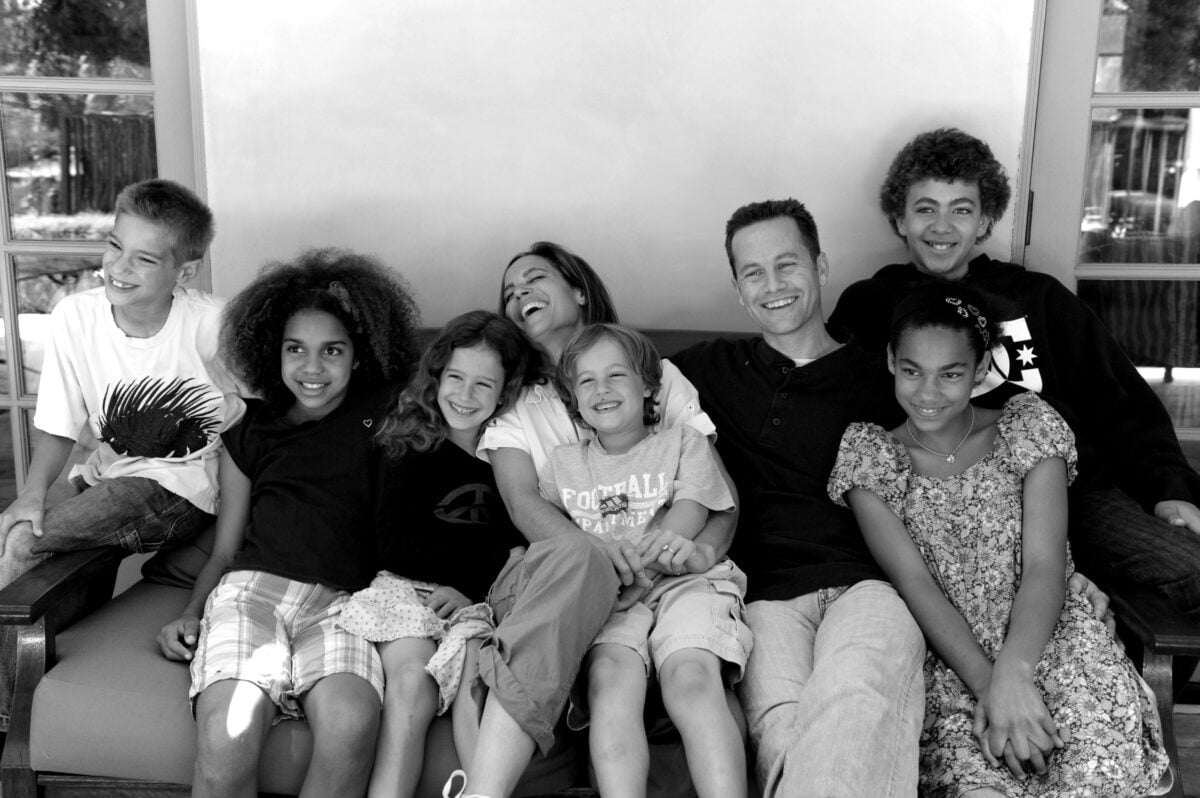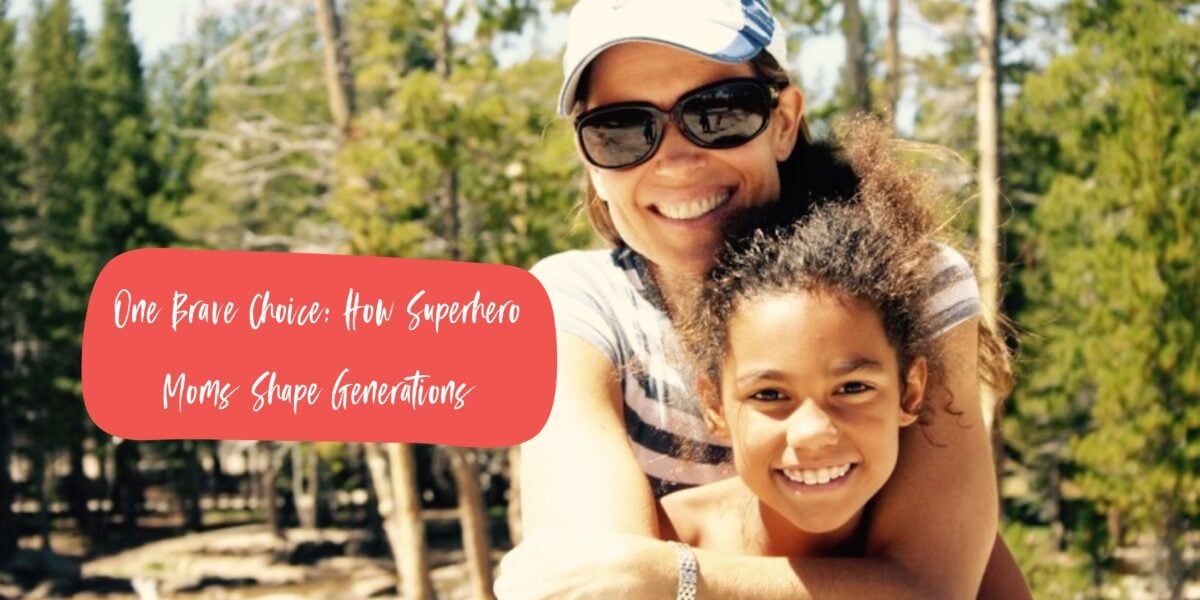How maternity homes are changing the narrative of the pro-life movement
By Brittany Smith
When Tammy showed up at The Pregnancy Center in Sanford, Fla. she already knew she was pregnant. Her foster father, Tom, was with her for support but he was worried about future housing for Tammy and her baby.
“My boyfriend’s family doesn’t like me,” she explained to the nurse. Implying that she wouldn’t be getting help from them for housing or raising their child.
“We went over the options with Tammy and Tom, as well as resources available to her,” explained Teresa Marquez, the center’s sonographer (RDMS, RVT). “She had a great relationship with her foster family but because of financial and space constraints she couldn’t stay with them with a baby.”
That’s when Marquez brought up the idea of a local maternity home.
“A maternity home is a place you can go and they will help financially support you and provide a place to live until you get on your feet. They provide housing even after the baby is born,” Marquez told Tammy, giving her the information for an organization called Redeeming Life.
Tammy and Tom both felt strongly about the maternity home and she decided to pursue living there.
“I made a follow-up call to Tammy a week later,” Marquez said. “It was like talking to a different person. She was happy, excited, and seemed to have a handle on her next steps forward. She felt like there was a light at the end of the tunnel.”
The Maternity Home Movement
Critics of the pro-life movement often say it is one that only cares about the baby, but not the well-being of the mother. Tammy’s story highlights how the maternity home movement is changing that.
According to the pro-choice research group, The Guttmacher Institute 73 percent of women have an abortion because they can’t afford a baby, and 19 percent of women have an abortion because they would have to find a new place to live.
In other words, lack of resources and housing are two large factors as to why women don’t feel equipped to bring a child into the world. Additionally, pregnant women who lack housing often have limited access to medical and prenatal care.
Heartbeat International’s Maternity Housing Coalition Specialist, Mary Peterson said maternity homes of today have expanded their scope and services to combat this problem.
“The heart of a maternity home is working with pregnant women facing various circumstances,” she explained.
Maternity homes are a concrete response to the ongoing needs of pregnant women. When a woman makes a decision to carry her child, she needs infrastructure and outside help. Maternity home staff are set up to help her with employment, education, long term healing, and practical skills.
“It is a long-term response in the life movement,” Peterson said.
Maternity Housing Coalition
While they range in size and level of support, maternity homes exist to provide housing and other needs for pregnant or parenting moms. Currently, there are more than 400 maternity homes in the United States. About 100 of these are affiliated with Heartbeat International’s National Maternity Housing Coalition (NMHC).
The NMHC is a group of maternity homes that promote life-affirming efforts and housing across the U.S. It is a way for maternity homes to share best practices and efforts with each other. They’re also able to gain training and help in their individual missions.
Maternity homes help women meet goals in areas such as education, employment, financial stability and who need temporary shelter and help to get on their feet. Most maternity homes provide prenatal care, parenting classes, housing, education support, and adoption referral process help.
Although not all maternity homes look the same.
4 Types of Maternity Homes
There are currently four models of maternity homes that exist across the United States today:
Live-In House Parents: These homes house pregnant or parenting moms anywhere from 12-16 weeks after they give birth. There are “house parents” or couples who live in the home with moms and help them on a day to day basis. There are also counseling services, life-skills training, and job or educational support.
Live- In Staff: Various staff members live with the moms on-site to develop relationships and establish a stable setting.
Shift Staff: Specially trained staff work in 24-hour shifts and allow the homes to hire staff members with specialized services for the needs of the women living at the home.
Host Homes: These consist of organizations that facilitate certified host families to help house pregnant moms who need a place to live. These organizations also provide training and resources throughout her stay.
“Maternity homes show we care about the mom and the baby,” Petersen said.
She noted that many of the women living in maternity homes have faced tough home lives and even trauma.
“We’re going to walk with someone for months, or years even. We know healing happens in the context of relationships, and in community. A home life where people are engaged and watching out for each other. That’s where real healing work happens.”
Learn more about Maternity Homes
Heartbeat International has a directory of over 400 maternity homes in the United States. Find the nearest one to your church and learn about the programs they offer. Figure out where you and your church can get involved, whether it’s volunteering, donating resources, time or money.













